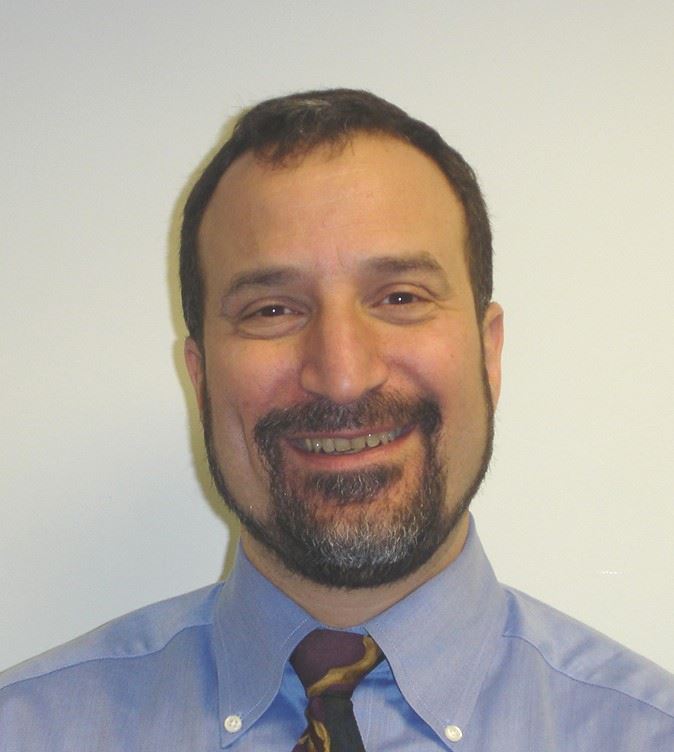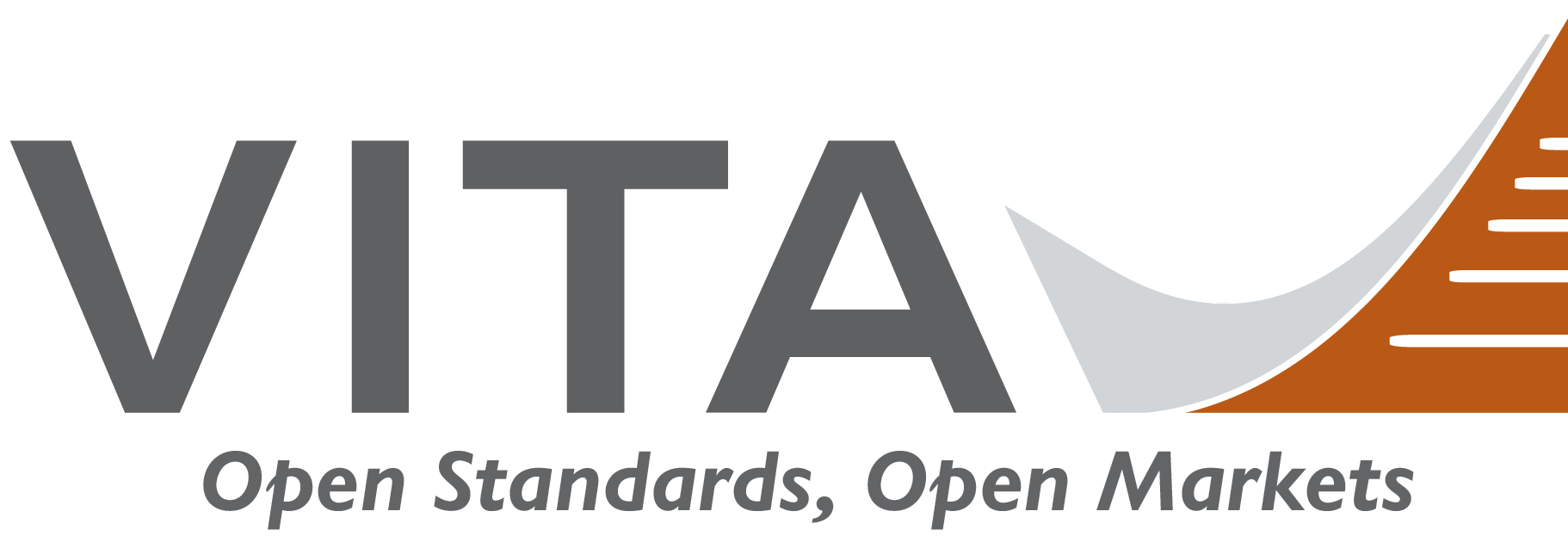Paul Mesibov, VP of Engineering, Pentek
Paul Mesibov is co-founder of Pentek and holds the position of Vice President of Engineering. He has over 35 years’ experience in the electronics industry and  oversees the design and implementation of Pentek’s digital signal processing, software radio and data acquisition products. He is currently an active member of SOSA, PICMIG, VITA, PCI-SIG and IEEE as well as a key contributor to several ANSI standards. Prior to his current position, he was a design engineer for AP Circuit, Inc. designing active signal processing analog filters and Wavetek, Inc. designing benchtop signal processing filter products. He holds a bachelors and masters degree in Electrical Engineering from the City University of New York. Aside from Paul's engineering forte, he is also an accomplished musician.
oversees the design and implementation of Pentek’s digital signal processing, software radio and data acquisition products. He is currently an active member of SOSA, PICMIG, VITA, PCI-SIG and IEEE as well as a key contributor to several ANSI standards. Prior to his current position, he was a design engineer for AP Circuit, Inc. designing active signal processing analog filters and Wavetek, Inc. designing benchtop signal processing filter products. He holds a bachelors and masters degree in Electrical Engineering from the City University of New York. Aside from Paul's engineering forte, he is also an accomplished musician.
WORK WITH VITA
1. Explain some of the work you’re doing with VITA 49.0 (as known as VRT for VITA Radio Transport) and its recent companion standard, VITA 49.2.
Having been involved in the development of VITA 49 since its inception, I participated in drafting several parts of the original standard and have continued as an active member of the working group to extend its scope and features. At Pentek, we’ve worked to add these VITA 49.0 protocol engines to several of products over the last eight years, including the latest Quartz RFSoC product line.
2. What is the significance of the new packet classes added to VITA 49.2 in 2017?
These new extensions add support for transmit signals so that precisely-timed waveforms can be generated by D/A converters for radar pulses, counter measures and communication systems. They also add control packets that can control the operational parameters of receivers and transmitters as well as monitor status to verify proper operation. (RELATED: VITA 49.2 Continues to Evolve)
For example, the RFSoC products mentioned generate VITA 49.0 header packets that are appended to data blocks acquired with A/D converters and digital down converters. The headers include metadata for the signals including time-stamp, frequency and bandwidth information. These packets are extremely useful for distributing radio signals across the network-based radio topologies that are now replacing the older dedicated “stovepipe” architectures.
3. Why is SDR (software-defined radio) an important component of embedded systems?
SDR really means radio equipment whose operating modes are controlled by programming, rather than fixed circuitry, for a particular radio band or signal type. Specifically, SDR means that radio signals are digitized as “close” to the antenna as possible and the traditional sections of radios, like mixers, oscillators, filters and demodulators, are all performed by programmable and configurable digital signal processing blocks. This allows common hardware elements to be re-purposed for a wide range of different signals and different applications. This offers a big savings in SWaP (size, weight and power), which is especially important in aircraft and unmanned vehicles. It also extends the useful life cycle of radio equipment because new features can often be added by software upgrades.
WHY ENGINEERING?
1. Did you always want to be an engineer? If so, why? If not, how’d you wind up here?
When I was five I wanted to be a “builder.” I spent the 1960s watching every NASA rocket launch. Looking back on some of the notebooks I have from when I was 12, it’s clear that I liked robots, since I have a whole bunch of drawings showing how I could wire their motors. I ended up spending my teenage years playing electric guitar, which meant building up guitar amps from old radios. Next thing I knew, I was in a community college physics class on a field trip to the Princeton Plasma Physics lab visiting their fusion reactor. Someone asked if there were any electrical engineers in the group. That’s when I knew what I wanted to do.
2. What has surprised you the most about the work you do with embedded computing? (or engineering in general)
That I’m still doing it. Seriously though, the surprising thing about electrical engineering is the range and scope of the learning to which a good engineer is exposed. After almost 40 years as an EE, I know at least something about a wide range of engineering disciplines – not just those I studied in school. Most good EEs say the same thing.
3. What is one of the biggest issues currently facing engineers?
While the Internet has been a fantastic resource for engineering research – I’d never want to go back to the days of searching the IEEE Proceedings on microfiche – it is not a replacement for critical thinking. When there is more information than ever to sift through, the ability to put information in context has never been more important. I suppose that is good advice for everyone, not just engineers.
4. What advice would you give to someone looking into this field of engineering?
Most successful embedded systems engineers are hobbyists. Play with this stuff at home, too.
Whatever you decide to pursue, make sure you go to a place where there are mentors that you respect and that the culture of the organization promotes learning and intellectual growth. It’s sometimes hard to know going in, but do what you can to find out. Working at the right place sets up your whole career.
Off the cuff: Tell us your favorite joke.
Q: What is the difference between hardware and software?
A: Hardware is a thing that if you play with long enough it breaks. Software is a thing that if you play with long enough it works.
